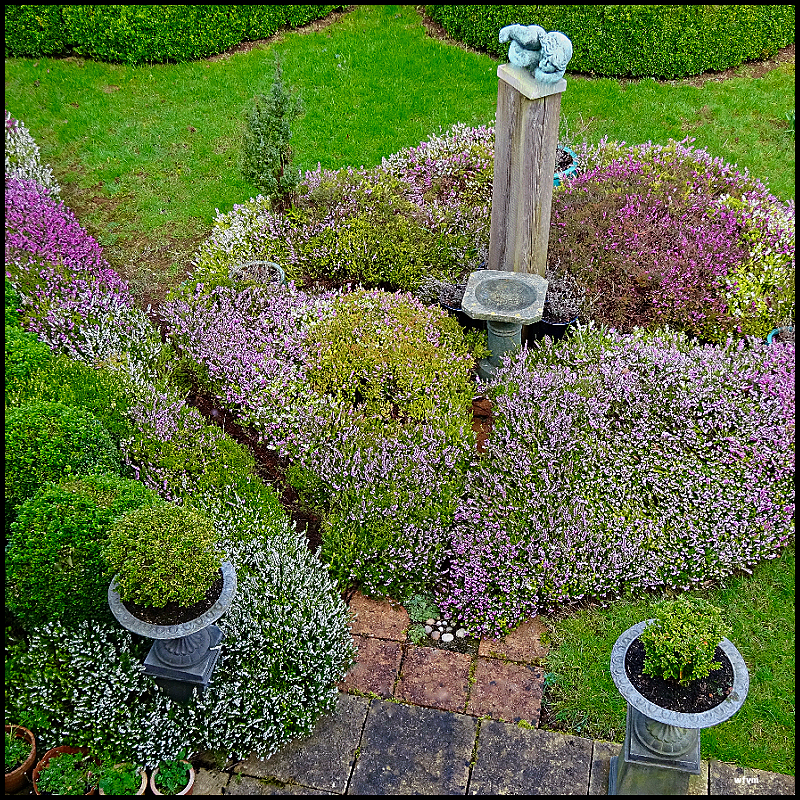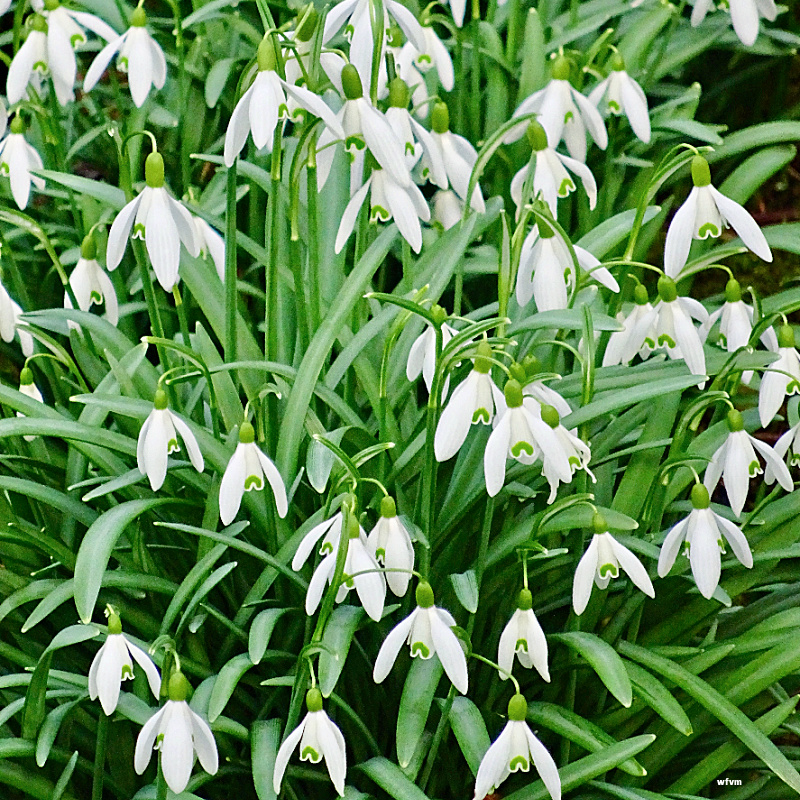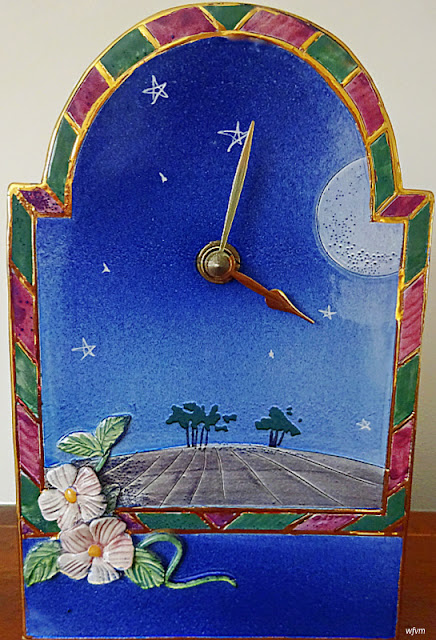Saturday, 26 February 2022
The spectrum of colour......
Tuesday, 15 February 2022
The Repair Shop....
is a very popular British television programme. Is it viewed overseas? In the programme members of the public are invited to bring a greatly loved but damaged treasure to the Repair Shop. Usually the item has been handed down through the family or holds special memories of a loved relative or friend. Many of the items look as if they are beyond repair, and impossible to restore to anything resembling their former glory. However, the various talented craftspeople, by using their special skills, work magic on them. The object usually ends up looking far better than their owners or the viewers could ever imagine, and if broken, they are returned back into working order.
I have a much loved clock which has no special history or background. I purchased it from a local potter because we needed a clock to sit on our mantlepiece and I liked it. The clock has been ticking away happily for over 20 years but suddenly stopped working when I replaced a battery. I fiddled with it, but had no idea what was wrong. However, the battery unit appeared to be loose and I wondered whether it had become detached from the hands. Watching The Repair Shop programme I thought that I needed something similar, but where to go? All of the jewellery/clock shops visited referred me to a clock maker, but a contemporary battery operated clock does not require the skills of a trained horologist. It has been sitting waiting for some attention for several weeks as I was unsure how to proceed. Did it need a new battery unit? If so where would I get the correct one and how would I fit it?
I made a few enquiries on a local Facebook website and several people came to my aid by mentioning that we have a great Repair Shop locally. I have subsquently discovered that there are two others in this area, and furthermore they can also now be found in other parts of the country. I don't know if they are as a result of the programme but the people who work in them give their time and skills freely. They are often retired people who either enjoy repairing broken objects or continue to enjoy using skills connected to their previous employment - they repair domestic items, damaged garments, leatherwork, broken china, paintings, anything is considered.
The Repair Shop that I visited happened to have a retired clockmaker/repairer working with them - how lucky was I? The shop I visited charge a very modest amount of money per hour just enough to cover their costs, plus the price of any items that may be needed to complete the repair. I left the clock with them, and a telephone call a couple of days later informed me that it was ready to be collected.
I am extremely grateful to have my clock back, working perfectly, and happily ticking away again.
Hopefully this information may be useful to others - as you too may have a similar Repair Shop on your doorstep.
Monday, 14 February 2022
St. Valentine's Day
Across much of the world on the 14th February Valentine’s Day is celebrated, but where did the tradition come from and how did it become such a staple part of our calendar? Along with many festivals celebrated in Britain, St Valentine’s Day appears to have some basis in paganism and it is believed that the celebration of love and relationships that we see today were inspired by Lupercalia, a fertility festival celebrated by the pagans. Apparently, the festival took place every year from 13th – 15th February. Chaucer wrote a poem in 1382 to celebrate the engagement of Richard II to Anne of Bohemia and it was his mention of St Valentine’s Day and the association with romantic love within the poem that formed the basis of the day we now know.
Although there were several martyrs in the early Christian church named Valentine, only two of them are commemorated on February 14. The two saints are Valentine of Terni and Valentine of Rome. Valentine of Terni was martyred in 213 and Valentine of Rome was martyred in 269. Both of them were added to the calendar of saints in 496 by Pope Gelasius.
Hope that you all have a lovely day wherever you are.
Friday, 4 February 2022
Harbingers of Spring
Eranthis Hyemalis - Aconites, and Galanthus nivalis - Snowdrops.
New life has begun again which not only gladdens the heart but also delights the eye.
Crocus tommasinianus - early Spring crocus
The pretty tassels of the Garrya elliptical - silk tassel bush


















